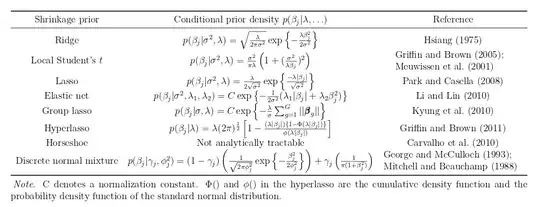There is one accepted answer, but I don't get it quite. In fact that answer raised the few additional questions I liked to share.
1. How would you define the tails of the distribution?
Seams that this is a fundamental question. In this question you used the mathematical formulation of survival function but I guess you may define the tails based on areas: $(-inf, μ−3σ]$ and $[μ+3σ,inf)$.
My hypothesis is if some distribution has "fatter tail" that would be larger area under the PDF curve in that tail area. Is this a good definition of tails of just a simplification?
I can agree that on Wikipedia at the moment there are several suspicious satements at least regarding the fat tailed distribution evaluation based on skewness and kurtosis examination.
You confirmed: Please note that moments, like skewness or kurtosis, are not good for characterizing tail behavior.
2. Why the density is not the correct object to study?
PDF for continuous functions seams like the best possible function to study because it must add to 1 by definition. So far I meat some distributions like Cauchy that don't have Moment Generating function i.e. don't have moments but how can continuous distribution be without a PDF?
Isn't that if we know the CDF ( I like the term cumulative in here) we should know the PDF?
3. CDF should be continuous, and this is the reason for the 2.
This is more like helping me to understand the dynamics behind your answer.
4. The terms fat-tailed and heavy-tailed are sometimes synonymous
This is from Wikipedia. Would you agree these are synonyms.
In here I think the term "long-tailed" is definitely not the synonym with the upper two. Possible confirmation would be fine.
